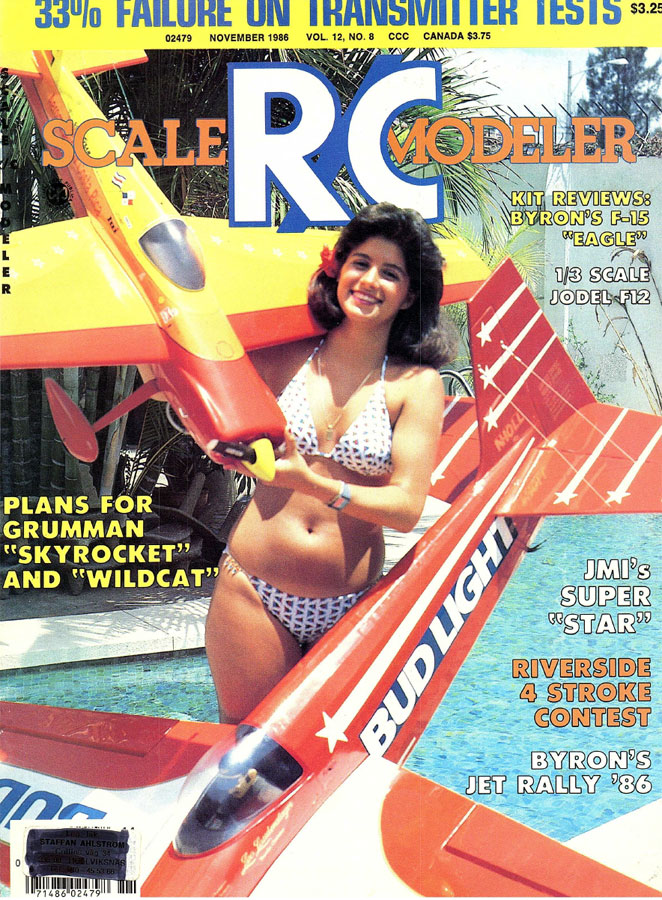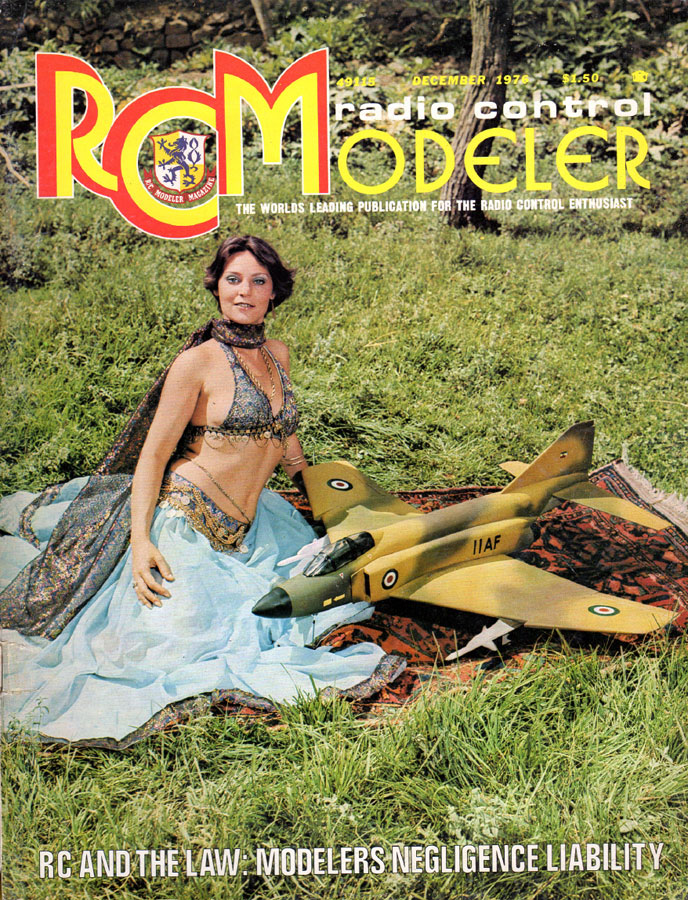Just time for our occasional series: "Ladies in Bikinis Holding Model Aircraft!"
I will be testing you on the aircraft...
I will be testing you on the aircraft...

Who filed the first patent for a 'flying machine with a boat hull'?
- Alphonse Pénaud
- Count Ferdinand von Zeppelin
- Orville Wright
- Alphonse Pénaud
- Count Ferdinand von Zeppelin
- Orville Wright

When built the first single engine monocoque aircraft?
- Dornier-Zeppelin
- Oswald Short
- LFG Roland
- Dornier-Zeppelin
- Oswald Short
- LFG Roland

You buy a model aircraft whose controls use the 72 MHz frequency band. Which country are you NOT permitted to legally fly it in?
- Canada
- Singapore
- the Vatican city state
- Canada
- Singapore
- the Vatican city state

Which of these light jets is the fastest?
- the Cirrus Vision SF50
- the Dassault Falcon 10
- the Bombardier Learjet 25D
- the Cirrus Vision SF50
- the Dassault Falcon 10
- the Bombardier Learjet 25D

Which of the following is NOT used to control a multi-pitch RC helicopter?
- the cyclic
- the collective
- the throttle
- the cyclic
- the collective
- the throttle

Which aircraft is depicted below?
- a Martin AM Mauler
- a Douglas A-1 Skyraider
- an NAA T28 Trojan
- a Martin AM Mauler
- a Douglas A-1 Skyraider
- an NAA T28 Trojan

Well how did you do? I'm not going to tell you because I don't believe you were looking at the aircraft, but if you think you did well then well done!
More ladies in bikinis holding model aircraft another time...
More ladies in bikinis holding model aircraft another time...

• • •
Missing some Tweet in this thread? You can try to
force a refresh
























